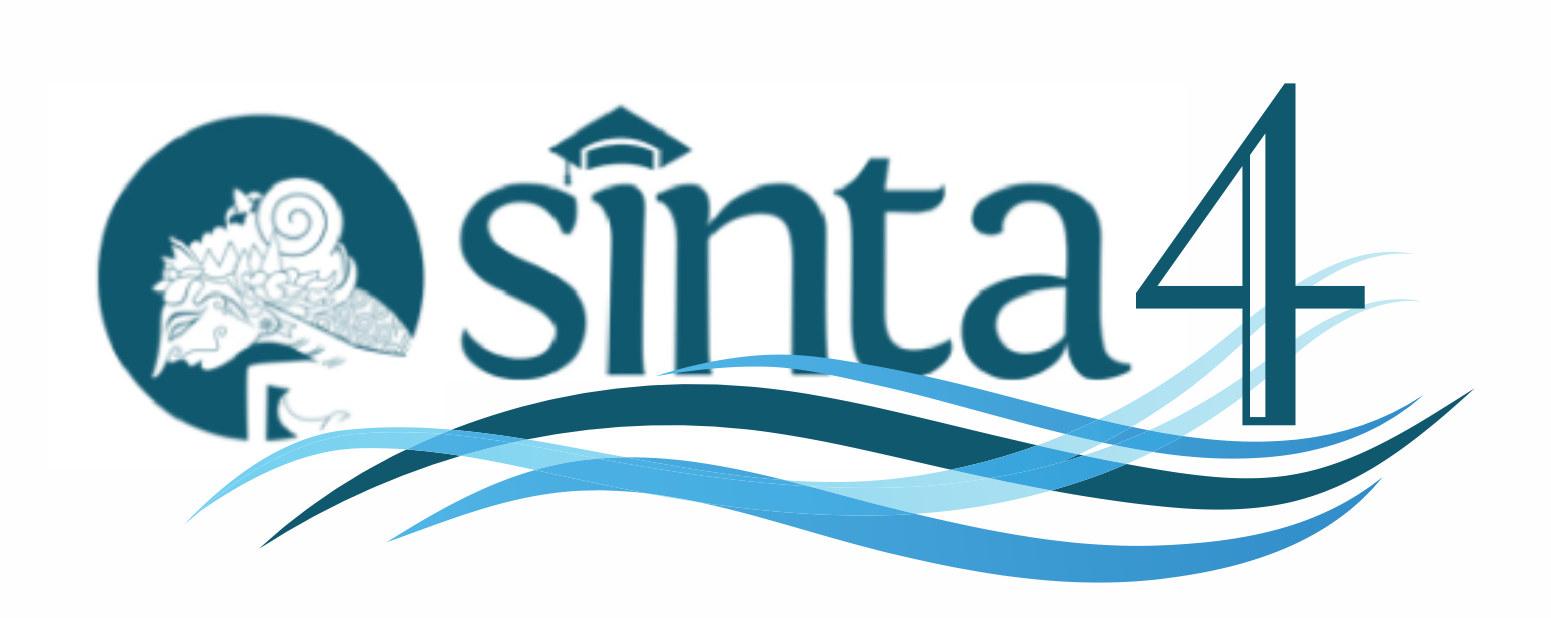PENERAPAN MODEL PROBLEM BASED LEARNING UNTUK MENINGKATKAN KEMAMPUAN PEMECAHAN MASALAH SISWA SMA PADA MATERI GERAK HARMONIK SEDERHANA
Abstract
Abstract. This study aims to determine the improvement of student’s problem solving skill after applying the problem based learning model and determine it’s effectiveness. This is a quantitative research with one group pretest-posttest design. Cluster random sampling was used, and 28 samples were obtained from one of high schools in Samarinda. The result of the analysis with Wilcoxon Signed Rank Test. The result showed that there’s a significant difference between students’ problem solving skill before and after the treatment, with the p-value 0,00 with significance 0,05. Generally, students’ problem solving skill increased from 8.5 to 29.5, with N-Gain of 0,2, which is classified as a low category. The highest gain was found in the ability of understanding the problem, with the N-Gain of 0,4, which is classified as a middle category. Meanwhile the indicator of students’ skill on planning problems, solving problems, and doing the re-check, were classified as low increasing category with N-Gain of 0,2. Based on calculation of effect size (d), which is 1,96 that is classified as a big category, the implementation of the treatment had a high effectiveness.
Keywords : Problem Based Learning, Problem Solving Skill, Simple Harmonic Motion
Abstrak. Penelitian ini bertujuan untuk mengetahui peningkatan kemampuan pemecahan masalah siswa setelah diterapkan model problem based learning dan mengetahui tingkat efektifitas dari penerapan model tersebut. Penelitian ini merupakan penelitian kuantitatif dengan desain one group pretest-posttest. Teknik pengambilan sampel yang digunakan adalah cluster random sampling, dengan sampel sebanyak 28 siswa dari salah satu sekolah SMA di Samarinda. Data dianalisis menggunakan Wilcoxon Signed Rank Test. Hasil penelitian menunjukkan bahwa terdapat perbedaan yang signifikan antara kemampuan pemecahan masalah siswa saat pretest dan posttest dengan perolehan p-value 0,00 dan signifikansi 0,05. Rata-rata kemampuan pemecahan masalah siswa mengalami kenaikan dari 8,5 menjadi 29,5 dengan N-Gain 0,2 yang termasuk dalam kategori rendah. Peningkatan tertinggi diperoleh indikator memahami masalah dengan N-Gain 0,4 yang termasuk dalam kategori sedang, sedangkan indikator kemampuan siswa merencanakan masalah, menyelesaikan masalah dan melakukan pengecekkan kembali termasuk dalam kategori rendah dengan N-Gain 0,2. Tingkat efektivitas yang diperoleh termasuk dalam kategori tinggi dengan nilai effect size (d) 1,96 yang termasuk dalam kategori besar.
Kata Kunci : Problem Based Learning, Kemampuan Pemecahan Masalah, Gerak Harmonik SederhanaFull Text:
PDFReferences
Atan, H. (2005). “The Effectiveness of Problem-Based Learning In The Web-Based Environment for The Delivery of An Undergraduate Physics Course”. International Education Journal, 6(4), 430-437.
Batur, I.S., Lia Y., Nandang M. (2017). “Kemampuan Pemecahan Masalah Materi Fluida Statis melalui Pembelajaran Berbasis Masalah Berbantuan Thinking Map”. Jurnal Inovasi Pendidikan, 7(2), 118-127.
Binkley, M., Ola F., Joan H., Senta R., Martin R., May M., Mike, R. (2012). “Defining Twenty-First Century Skills”. In Griffin, P., Barry M., Esther C. (Ed). Assesment and Teaching of 21st Century Skills, 17-66. New York:Springer Publishing Company.
Chi, M.T.H. & Robert G. (1983). Problem Solving Abilities. Pittsburgh : Learning Research and Development Center University of Pittsburgh.
Destianingsih, E. (2015). “Pengaruh Model Problem Based Learning Terhadap Kemampuan Pemecahan Masalah Siswa pada Pembelajaran Fisika Kelas XI di SMA Negeri 1 Tanjung Lubuk”. Jurnal Inovasi dan Pembelajaran Fisika FKIP Universitas Sriwijaya, 3(1), 1-6.
Docktor, J.L. & Heller, K.J. (2009). Development and Validation of a Physics Problem-Solving Assessment Rubric.. Dissertation (not published). Minnesota: University of Minnesota.
Docktor, J.L., Jay D., Evan F., Kenneth H., Leonardo H., Koblar A.J., Andrew M., Qing X.R., & Jie Y. (2016). “Assesing Student Written Problem Solutions : A Problem-Solving Rubric with Application to Introductory Physics”. Physical Review Physics Education Research, 12(1), 1-18.
Heller, P. (1992). “Teaching Problem Solving Through Cooperative Grouping. Part 1: Groups Versus Individual Problem Solving”. American Journal of Physics, 60(7), 627-636.
PISA. (2015). Results in Focus. OECD. https://www.oecd.org/pisa/pisa-2015-results-in-focus.pdf, diakses tanggal 10 Maret 2018.
Polya, G. (1973). How to Solve It : A New Aspect of Mathematical Method (Second Edition). New Jersey:Princeton Univesity Press.
Rusman. (2010). Model-model Pembelajaran Mengembangkan Profesionalisme Guru, Edisi Kedua. Jakarta:PT. Raja Grafindo Persada.
Siregar, E. & Nara H., (2010). Teori Belajar dan Pembelajaran. Bogor : Ghalia Indonesia.
Sujarwanto E., & A. Hidayat Wartono. (2014). “Kemampuan Pemecahan Masalah Fisika Pada Modeling Instruction pada Siswa SMA Kelas XI”. Jurnal Pendidikan IPA Indonesia, 3(1), 65 -78.
Wiyani, N. A. (2012). Teacherpreneurship: Gagasan dan Upaya Menumbuhkembangkan Jiwa Kewirausahaan Guru. Yogyakarta: Ar-Ruzz Media.
Wachrodin. (2017). “Peningkatan Kemampuan Pemecahan Masalah dan Keaktifan Siswa Melalui Model Problem Based Learning (PBL) dengan Penugasan Berstruktur”. Jurnal Penelitian Pendidikan (JPP), 34(1),85-94.
DOI: http://dx.doi.org/10.20527/jvk.v33i1.5389
Article Metrics
Abstract view : 1048 timesPDF - 1941 times
Refbacks
- There are currently no refbacks.
Copyright (c) 2018 Vidya Karya
Indexed By

Vidya Karya is licensed under a Creative Commons Attribution-ShareAlike 4.0 International License.







.png)
.jpg)

